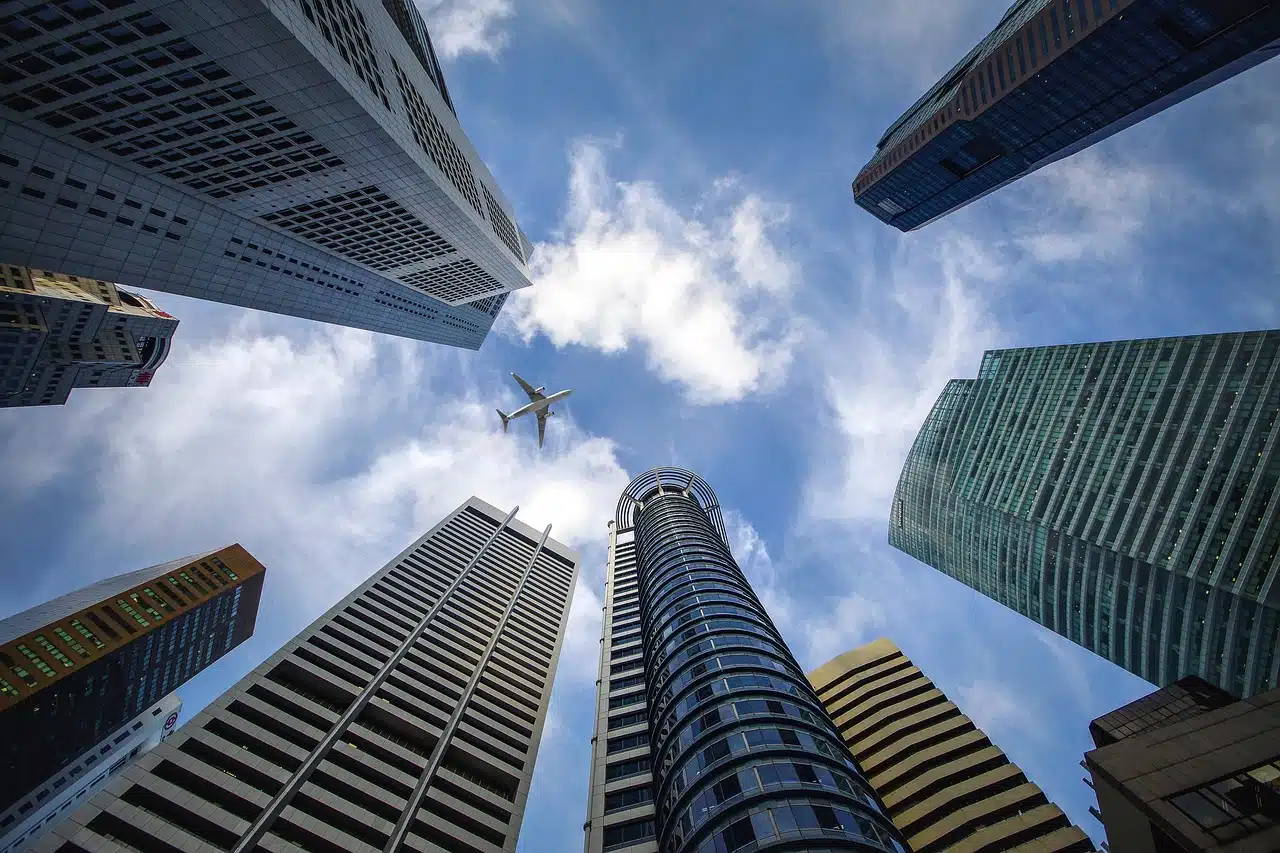Machine translation has revolutionized the way we approach and tackle language barriers.
From its rudimentary beginnings to today’s sophisticated algorithms, MT has remarkably evolved.
Its impact on the translation industry is undeniable, offering both challenges and opportunities.
Contrary to popular belief, MT complements rather than replaces human translators, enhancing the industry’s capabilities.
Historical Perspective
The journey of machine translation began shortly after World War II, marking an ambitious endeavor to bridge language gaps through technology.
The industry initially met MT with skepticism, doubting its ability to grasp linguistic complexities.
However, in the 1950s, researchers introduced rule-based machine translation, a method relying on hand-coded linguistic rules, marking the first significant step in MT’s evolution.
As computational Machine Translationpower grew in the late 20th century, statistical machine translation emerged, revolutionizing the field.
This approach, relying on analyzing vast amounts of bilingual text to determine probable translations, significantly improved MT’s accuracy and fluency.
The early 21st century witnessed the advent of neural machine translation, which leverages deep learning algorithms to create more natural and contextually accurate translations, mimicking the neural networks of the human brain.
Current State of Machine Translation
Today, MT technologies boast levels of accuracy and efficiency that were once unimaginable.
NMT, using deep learning and artificial intelligence, excels in producing more fluent and contextually appropriate translations than its predecessors.
There is a wide range of machine translation use cases:
- In the business world, companies use MT for instant website localization, enabling global reach with less effort.
- In personal communication, real-time translation apps break down language barriers, facilitating cross-cultural interactions.
Despite these advances, modern MT tools still face some challenges.
They excel at handling straightforward texts but often struggle with nuances, idioms, and cultural references.
Additionally, languages with complex grammar or limited available data pose significant difficulties for these systems.
While MT technologies continue to evolve rapidly, bridging these gaps remains an ongoing challenge, reflecting the complexity and richness of human language.
Industry Changes and Challenges
MT has brought about significant changes in the translation industry’s business model.
Its ability to quickly process large volumes of text has streamlined many aspects of translation, reducing turnaround times and operational costs.
However, this efficiency comes with a certain set of challenges:
- Pricing pressure: With MT tools widely available, clients often expect faster, cheaper translations, squeezing the profit margins of traditional translation services.
- Market saturation: The ease of access to MT tools has lowered the barrier to entry, resulting in a flood of new players in the translation market. This increase in competition makes it harder for established firms and freelance translators to maintain their market share.
- Demand for specialized services: There is a growing demand for translation and localization services that MT cannot fully address. Fields such as legal, medical, and technical require a level of precision and expertise that MT currently cannot provide.
- Need for human touch: Localization projects, which involve adapting content to specific cultures and regions, demand a human touch to capture cultural nuances. This offers opportunities for translators to differentiate themselves and add value beyond what MT can offer.
Impact on Professional Translators
Advanced MT has significantly transformed the landscape for professional translators.
Rather than replacing them, MT has become a valuable tool in their arsenal.
This shift allows them to focus their expertise on refining and contextualizing the output, ensuring it meets the high standards required for nuanced and culturally sensitive translations.
The Future of Machine Translation and the Industry
As MT becomes more sophisticated, it will likely automate more routine translation tasks, allowing human translators to focus on intricate, nuanced projects that require cultural sensitivity and emotional intelligence.
This shift will not only increase efficiency but also elevate the quality of translations.
Human translators will increasingly adopt roles as editors and reviewers, ensuring that machine-generated translations align with the desired tone, style, and context.
Moreover, the industry will see a rise in demand for skills like post-editing of machine translations and quality assurance, as the line between human and machine work blurs.
Additionally, as MT technology advances, we can expect a surge in personalized and adaptive translation solutions.
These systems will likely learn from user feedback and preferences, offering tailor-made translations that improve over time.
Furthermore, MT advancements will expand the reach of translation services, making them accessible to previously underserved languages and dialects.
This expansion will play a crucial role in preserving linguistic diversity and facilitating communication across a wider array of cultures and languages.
Final Thoughts
Machine translation and human translation coexist and complement each other, contributing to a dynamic and evolving translation industry.
As technology advances, this synergy will likely strengthen, offering new opportunities and challenges in bridging language barriers.





